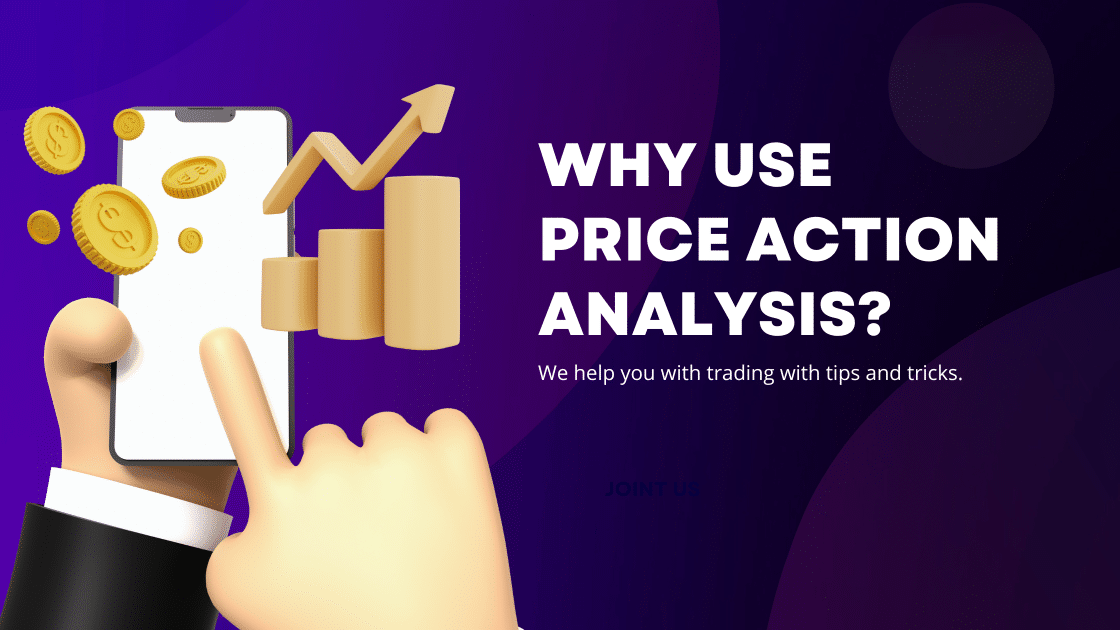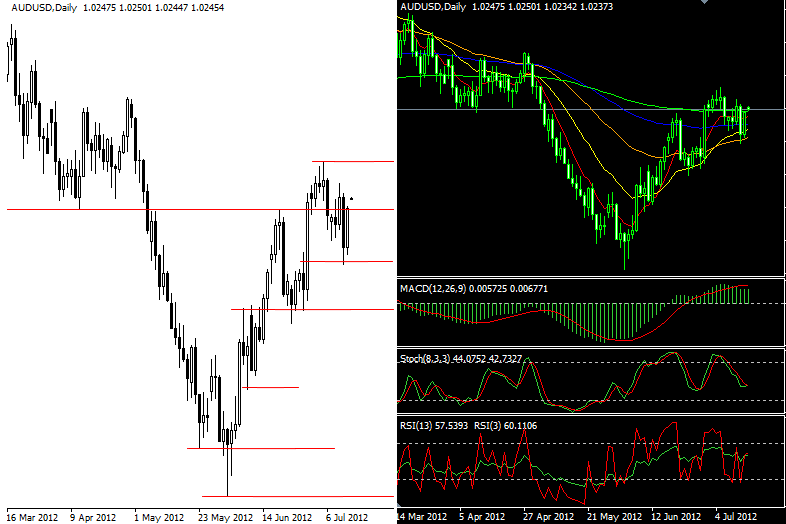 The optimal approach to trading any market involves analyzing a ‘naked’ price chart. This means trading based on the natural movement or price action of the market rather than relying on indicators, robots, or expert advisors.
The optimal approach to trading any market involves analyzing a ‘naked’ price chart. This means trading based on the natural movement or price action of the market rather than relying on indicators, robots, or expert advisors.
Trading involves experimenting with different methods, making adjustments, and ultimately developing a unique trading approach. I am not a proponent of rigid Forex trading systems that require traders to trade mechanically or based on automatic signals. The markets are constantly changing and evolving, and it is important to adapt to their fluctuations.
In my opinion, the only way to generate long-term profits in this type of environment is to utilize the discretion and intellect of the human mind. Trading based on the natural price action of the market is the most effective approach to achieving this.
Why Choose Price Action Trading for Forex?
 The Forex market is a fast-paced and highly liquid market that is well-suited to the trading approach of price action analysis. Price action analysis involves identifying and utilizing specific price action signals or setups within the market you are trading. Forex is an ideal market for using price action analysis due to its 24/5.5 availability, providing more opportunities to take advantage of price action signals. Additionally, the Forex market boasts dense liquidity and favorable trends, making it an attractive choice for traders.
The Forex market is a fast-paced and highly liquid market that is well-suited to the trading approach of price action analysis. Price action analysis involves identifying and utilizing specific price action signals or setups within the market you are trading. Forex is an ideal market for using price action analysis due to its 24/5.5 availability, providing more opportunities to take advantage of price action signals. Additionally, the Forex market boasts dense liquidity and favorable trends, making it an attractive choice for traders.
Successful Forex trading is both an art and a skill. While it is possible to create trading signals by combining lagging indicators, the most effective way to trade in harmony with the Forex market is by following the raw price trail as it unfolds. By learning to interpret this price trail or “price action,” traders can gain a competitive edge that many others lack, increasing their accuracy in trading.
Using lagging indicators can lead to frustration when trades move against a trader almost immediately after entry. The reason for this is that lagging indicators give “late” signals, as they are based on past price data. The most accurate way to trade Forex is to learn how to interpret the dynamic price trail as it plays out each day in the market. Price action trading strategies provide traders with a flexible and effective approach that allows them to make sense of market movements at any given time.
Price action analysis works particularly well in the Forex market due to its dynamic and active nature. By focusing on 1 to 3 preferred setups or patterns, traders can master them over time and increase their chances of making profitable trades. Traders who use indicators and overly complicated methods often jump from one technique to another, which can be a mistake. Finding a consistent edge in the market and mastering it is the key to success.
Trading is difficult enough without having to use overly complicated methods that require looking at multiple indicators when a simple price chart will suffice. The beauty of price action analysis is that any indicator used to analyze market movements is derived from price and only shows the same information in a less vivid format. While some traders prefer indicators because they provide buy and sell signals, successful Forex trading requires thoughtful analysis and using one’s brain, just as in any other profession.
Why Choose Price Action Strategies over Indicators in Trading?
Although charts may come equipped with various indicators, it does not necessarily guarantee better trading decisions or profits. The primary goal of trading financial markets is to generate profits from price movements, and it is beyond my understanding why traders would not base their trading decisions primarily on pure price movement. Simplifying your trading method and focusing on price action strategies can potentially improve your trading performance and make you wonder how you ever traded any other way.
Look at the two charts below. The important thing to notice here is that the chart with all the indicators contains many more variables for you to analyze…other than price. Also, note how adding all these indicators onto your charts actually decreases the amount of screen area that the price action takes up…in other words it distracts you and takes your focus off the price action and puts it onto indicators. Indicators are derived from price action, they are simply a less precise and alternate way of viewing price movement…but why would you want to view price movement in any way other than it’s natural form? It is like trying to drive a car at night with your headlights off…sure you CAN do it, but just because you can do something doesn’t mean you should, and it also doesn’t mean it makes what your trying to do easier or better. Trading with indicators all over your charts is like trying to drive a car in the dark with your headlights off…it makes the same task much more difficult than it needs to be, as well as more dangerous.
A chart with just pure price action and the key support and The same chart full of some popular indicators:
resistance levels drawn in:
Learning to Trade with Price Action will Only Make You a Better Trader
Ultimately, one of the strongest rationales to learn price action trading is that it can enhance your trading skills and improve your profitability, regardless of the specific method or system you ultimately choose to use. Price action forms the foundation of any trading approach, as all signals and strategies are ultimately derived from the raw price movement in the market. Consequently, having a comprehensive understanding of how to analyze and trade off of price action will give you a better grasp of your trading method than simply relying on mechanical indicator or software-based systems.
Whether you opt to use price action in conjunction with other techniques or as a standalone trading strategy, mastering this approach will undoubtedly make you a more effective trader. Many traders struggle with mechanical indicators and software systems for some time before realizing the value of trading with price action, but once they do, it can be a revelatory experience, providing them with a clearer understanding of market dynamics and a more effective trading methodology.


